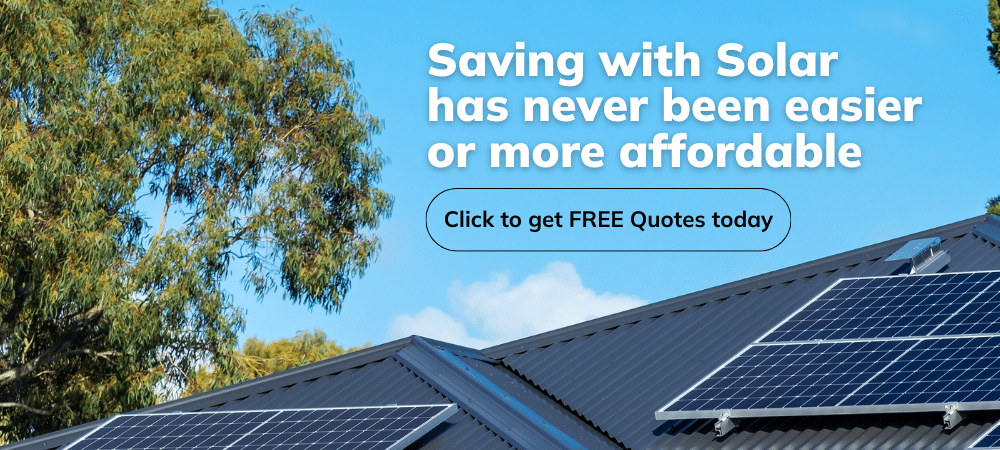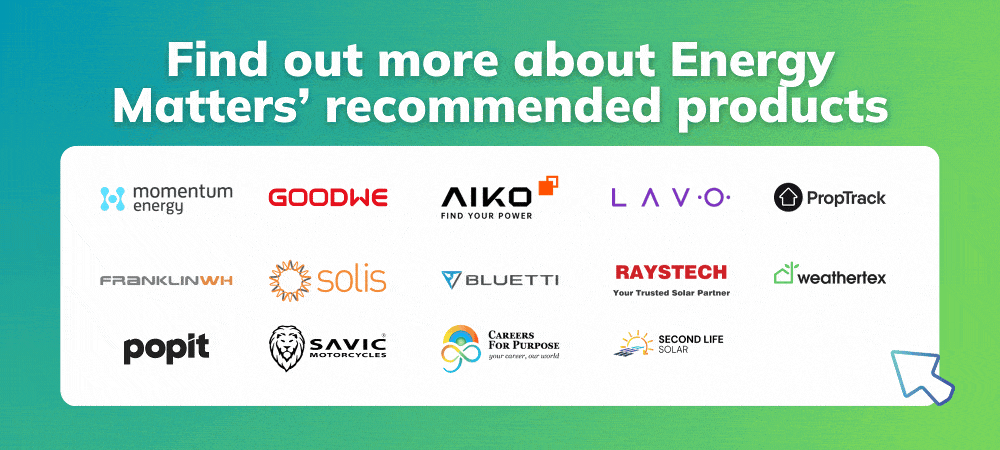In an era where environmental consciousness is paramount, educating the next generation about sustainability is crucial. Australian schools are increasingly integrating environmental awareness into their curriculum. Empowering students through hands-on classroom sustainability projects fosters a deeper understanding of ecological principles and encourages proactive environmental stewardship. This educational page provides a comprehensive guide to eco-friendly classroom ideas, offering engaging DIY sustainability experiments and projects tailored for the Australian context.
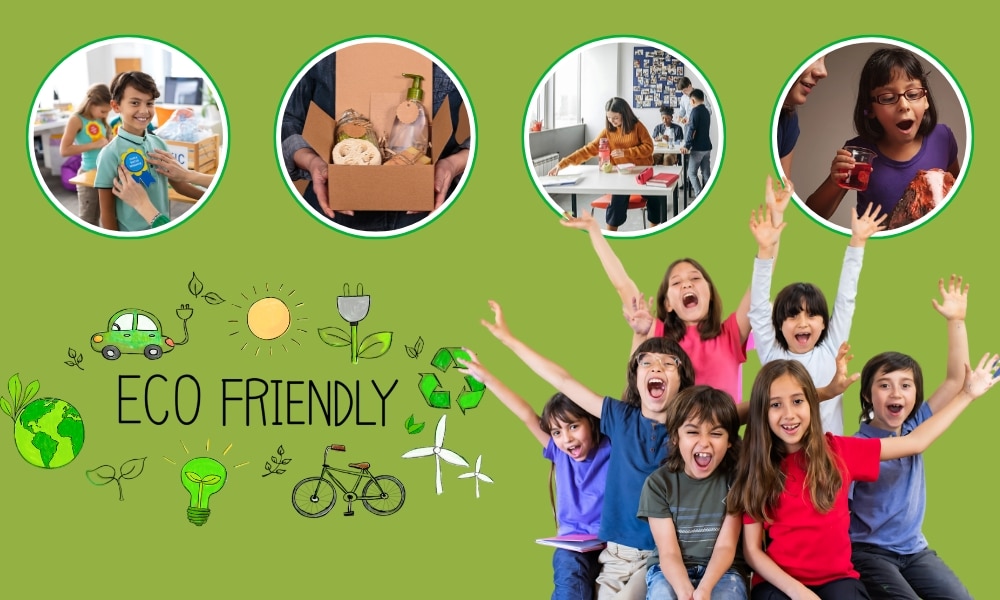
On this page
DIY sustainability experiments: Implementing classroom sustainability projects
Engaging students in hands-on DIY sustainability experiments can transform abstract concepts into concrete and memorable experiences. Various initiatives can integrate sustainability projects into the classroom.
Waste reduction and recycling initiatives
Waste management is a significant environmental concern in Australia. Schools can play a vital role in reducing landfill waste through engaging DIY sustainability experiments and projects focused on reducing, reusing, and recycling.
1. Establish a classroom recycling station
A fundamental step is setting up clearly labeled bins for different types of waste (paper, plastics, co-mingled recyclables, and organic waste). Students can be involved in designing and maintaining these stations, fostering a sense of responsibility. Waste audits, where students analyse the types and amounts of waste generated, can provide valuable insights and motivate reduction efforts.
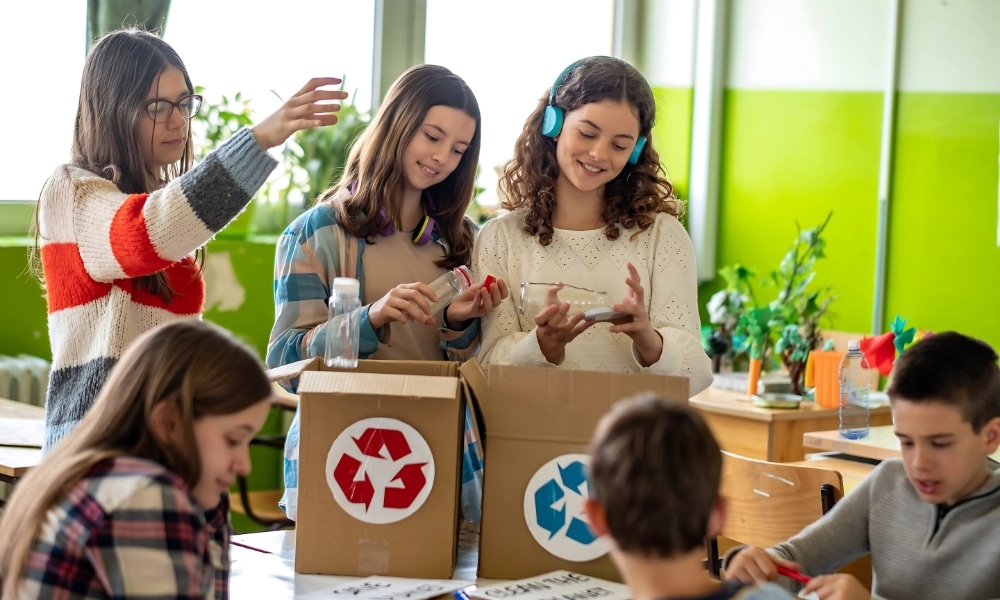
- Materials needed: Old magazines, bottle caps, fabric scraps, glue, and scissors. Bins labeled for paper, plastics, metals, general waste, and visual aids for proper sorting are also needed.
- Procedure: Collect various recyclable materials. Design and create art pieces or functional items using these materials. Assign students to monitor and educate peers on correct disposal methods. Utilise color-coded trays to simplify sorting. Regularly discuss the importance of recycling and track the amount of waste diverted from landfills.
2. Create a composting system
Introduce composting systems to process food scraps and garden waste. Worm farms (vermicomposting) are particularly effective and engaging for students. They provide nutrient-rich compost for school gardens and teach valuable lessons about decomposition and nutrient cycles.
Setting up a school composting program can involve various methods, including traditional aerobic composting, Bokashi systems, and worm farms, each with specific requirements and benefits.
- Materials needed: Compost bin, fruit and vegetable scraps, coffee grounds, eggshells, and garden yard waste.
- Procedure: Collect organic waste in a designated bin. Educate students on compostable materials. Use the compost in a school garden to complete the sustainability cycle.
3. Sustainable fashion show
Highlighting the fashion industry’s impact on the environment, this project encourages mindful consumption.
- Materials needed: Secondhand clothing, sewing materials, and accessories.
- Procedure: Students design outfits using thrifted or donated clothes, emphasising creativity and sustainability. Host a fashion show to showcase their creations and discuss the environmental benefits of reusing and repurposing clothing.
Did you know Energy Matters is Australia’s largest renewable news, blog and educational resource? Subscribe to Energy Matters’ weekly newsletter and keep updated even with incentives, rebates and recommended solar product offers.
Energy conservation projects
Reducing energy consumption is crucial for mitigating climate change. Classroom sustainability projects focused on energy efficiency can empower students to become energy-conscious citizens.
4. Conduct energy audits
Teaching students to assess energy consumption helps identify opportunities for conservation and efficiency.
- Materials needed: Energy meters, data recording sheets.
- Procedure: Measure the energy usage of classroom devices. Analyse data to find patterns and suggest energy-saving strategies, such as unplugging devices when not in use and maximising natural light.
5. DIY solar power experiments
Simple DIY sustainability experiments can illustrate the principles of solar and wind energy.
- Materials needed: Students can make renewable energy tangible by constructing a small solar oven from a pizza box or creating models powered by wind and solar energy.
- Procedure: Many online resources, such as Science Buddies: Experiment with Solar Power Science Projects, offer instructions for these engaging projects.
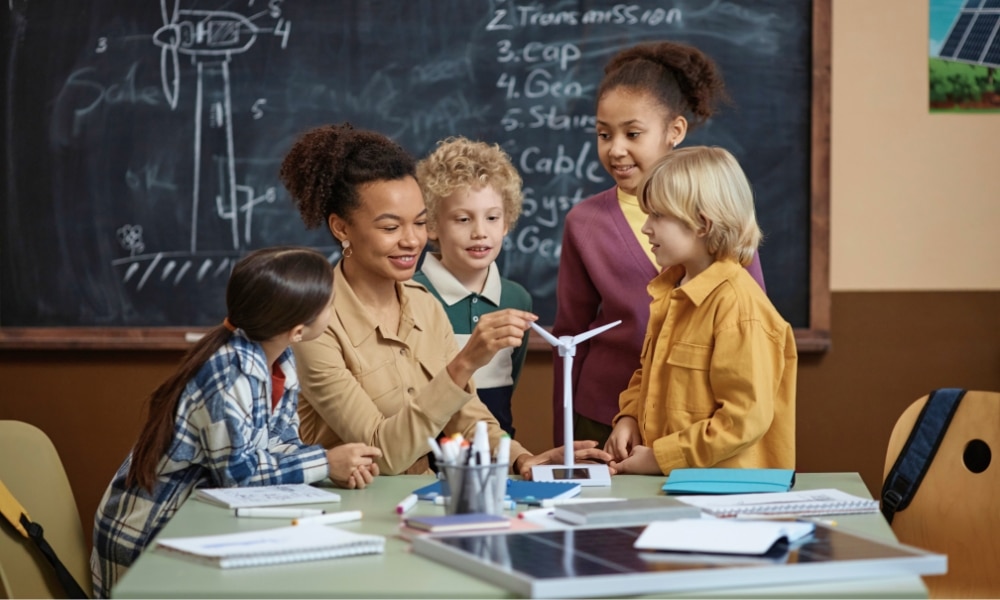
6. Classroom energy-saving campaigns and challenges
Students can design and implement campaigns to raise awareness about energy conservation within the school community. This could involve creating posters with energy-saving tips, presenting information during school assemblies, developing classroom energy efficiency checklists, encouraging natural light, and ensuring that lights and appliances are turned off when not in use are simple yet effective measures. Smart power strips can also be utilised to automatically cut power to devices when they are not in use.
Fostering a culture of energy conservation can significantly reduce energy consumption—set goals for minimising energy usage, such as turning off lights and electronics when not in use.
Biodiversity and ecosystem projects
Habitat loss and climate change threaten Australia’s unique flora and fauna. Classroom sustainability projects focused on biodiversity can foster appreciation and understanding of local ecosystems.
7. Ocean-in-a-jar ecosystem
Creating a miniature ocean ecosystem in a jar helps students understand marine environments and the balance within ecosystems.
- Materials needed: A glass jar, sand or small pebbles, aquatic plants or seaweed, small marine figurines, and rainwater.
- Procedure: Layer sand and plants in the jar, add water, and place the figurine inside. Seal it and put it in indirect sunlight. Observe the self-sustaining ecosystem over time, discussing factors like oxygen production and the importance of marine conservation.
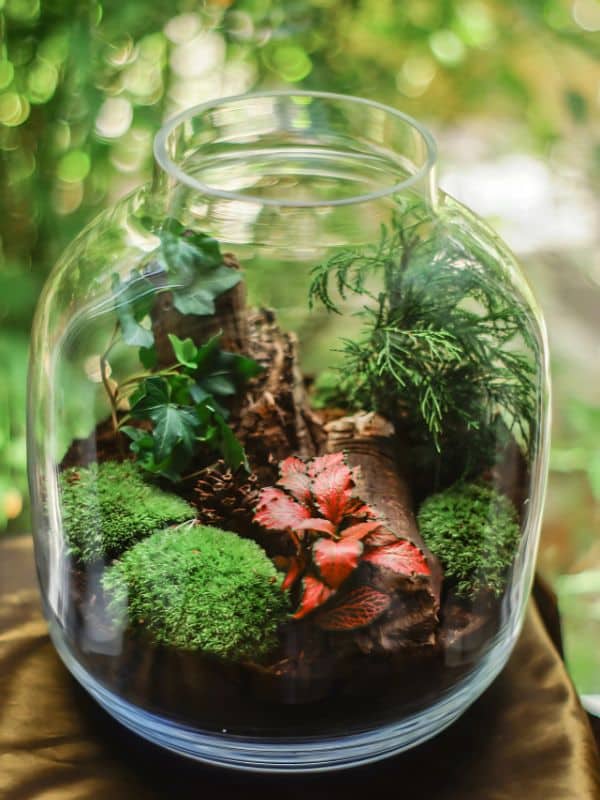
8. Green cleaning products workshop
Educating students on the benefits of non-toxic cleaning products promotes healthier environments and reduces chemical pollution.
- Materials needed: Vinegar, baking soda, essential oils, and reusable spray bottles.
- Procedure: Guide students in making their eco-friendly cleaning solutions. Use these products to clean the classroom, reinforcing the effectiveness of sustainable alternatives.

9. Water filtration demonstration
Educate students on water purification processes and the importance of clean water. Students explore filtration methods and understand the significance of having access to clean water.
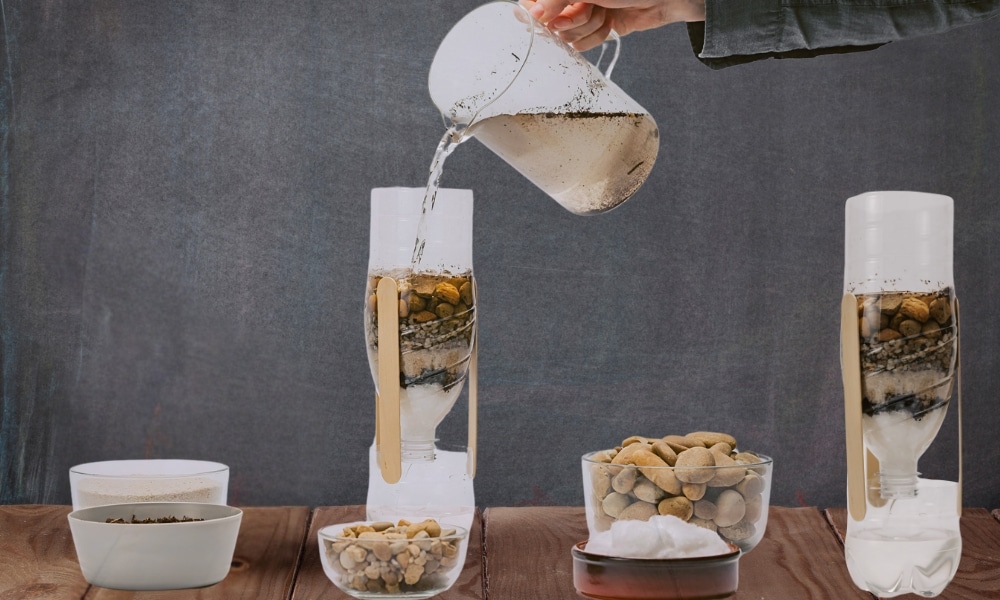
- Materials: Recycled plastic bottle, sand, gravel, activated charcoal, popsicle sticks, glue and dirty water sample.
- Procedure:
- Cut the bottom off the plastic bottle and invert it into a funnel.
- Layer activated charcoal, sand, and gravel inside the bottle.
- Attach 3-4 popsicle sticks to the sides of the plastic bottle for stability.
- Pour the dirty water through the filter and collect the purified water in a container below.
10. Develop a classroom garden
A garden offers hands-on learning about plant life cycles, ecosystems, and the benefits of growing food locally.
- Materials needed: Raised garden beds or containers, soil, seeds or seedlings, and gardening tools.
- Procedure: Plan and plant a variety of vegetables and herbs. Assign students to care for the garden, fostering responsibility and teamwork. Incorporate lessons on photosynthesis, pollination, and nutrition.
11. Mini greenhouse creation
Demonstrate the greenhouse effect and the requirements for plant growth. This experiment illustrates the principles of the greenhouse effect and the essentials for nurturing plants.
- Materials: 2 clear plastic cups, sticky tape, cotton wool, alfalfa or rocket seeds and water.
- Procedure:
- Place dampened cotton wool in one cup and sprinkle seeds on top
- Invert the second cup over the first to form a sealed environment; secure with tape.
- Position the mini greenhouse on a sunny windowsill.
- Observe seed germination and growth over several days.
Here are other DIY sustainability experiments suitable for Australian classrooms.
Building a terrarium: Creating a closed terrarium demonstrates the principles of ecosystems, water cycles, and nutrient cycling in a miniature, self-sustaining environment.
Testing soil health: Simple experiments allow students to analyse soil samples from the school garden or local environment, testing for pH, moisture content, and organic matter. This helps them understand the importance of healthy soils for plant growth and ecosystem function.
Investigating water quality: Students can collect water samples from local sources (with appropriate safety precautions and permissions) and conduct basic tests for pollutants or water quality indicators.
Air pollution monitoring: Simple DIY sustainability experiments, like collecting airborne particles with petroleum jelly on a transparent surface, can help students visualise air pollution and understand its presence.
Indigenous perspectives on land management: Incorporate Indigenous knowledge and perspectives on land management and biodiversity conservation. Learning about traditional ecological practices can provide valuable insights into sustainable living in the Australian context. Many schools are beginning to integrate Indigenous perspectives into their sustainability initiatives.
Citizen science projects: Participate in initiatives that monitor local biodiversity, such as FrogID, which allows students to record and identify frog calls, contributing valuable data to scientific research. ClimateWatch, developed by Earthwatch Australia, enables students to record observations of plants and animals, contributing to understanding climate change impacts.
Integrating sustainability across the curriculum
While specific projects and experiments are valuable, integrating sustainability themes across different subjects can create a more holistic understanding.
- English: Analyze texts related to environmental issues, write persuasive pieces advocating for sustainability, or create storytelling projects that explore human-nature relationships.
- Mathematics: Collect and analyse school energy or water consumption data, calculate the environmental impact of different choices, or design sustainable solutions using mathematical principles.
- Arts: Create artwork using recycled materials, develop performances that raise awareness about environmental issues, or design eco-friendly products.
- Technology: Explore sustainable technologies, design energy-efficient buildings using CAD software, or create digital presentations on environmental topics.
Sources: National Science Week – DIY Science: Mini Greenhouse | Explorers Early Learning – 7 Eco-Friendly Science Week Experiments for Children | Sustainable Schools NSW – Project Ideas | Teach Starter – 45 Sustainable Practices for the Environmentally Friendly Classroom | Education Matters Magazine – Teaching for a greener future | Kookaburra Educational Resources – Creating a Green, Sustainable Classroom
Empowering future environmental leaders
Implementing eco-friendly classroom ideas and DIY sustainability experiments is not just about teaching environmental science; it’s about fostering a generation of environmentally responsible and active citizens. By engaging in hands-on classroom sustainability projects, Australian students can develop a deep connection with the natural world, understand our challenges, and acquire the skills and motivation to create a sustainable future.
Embrace the power of action! Implement these Energy Matters-inspired eco-friendly projects in your classroom today. Cultivate a sustainable tomorrow, one DIY experiment at a time. Energy Matters urges every Australian school to take meaningful steps today to create a greener, more sustainable tomorrow. Let us empower our students to become the environmental leaders of the future.
Energy Matters has been recognised for our continued excellence in the Australian solar industry. We provide our customers with high-quality resources, insight, and access to reputable solar quotes.
Our team of solar experts can help you get up to 3 FREE solar quotes from pre-qualified and vetted solar firms in your area.











